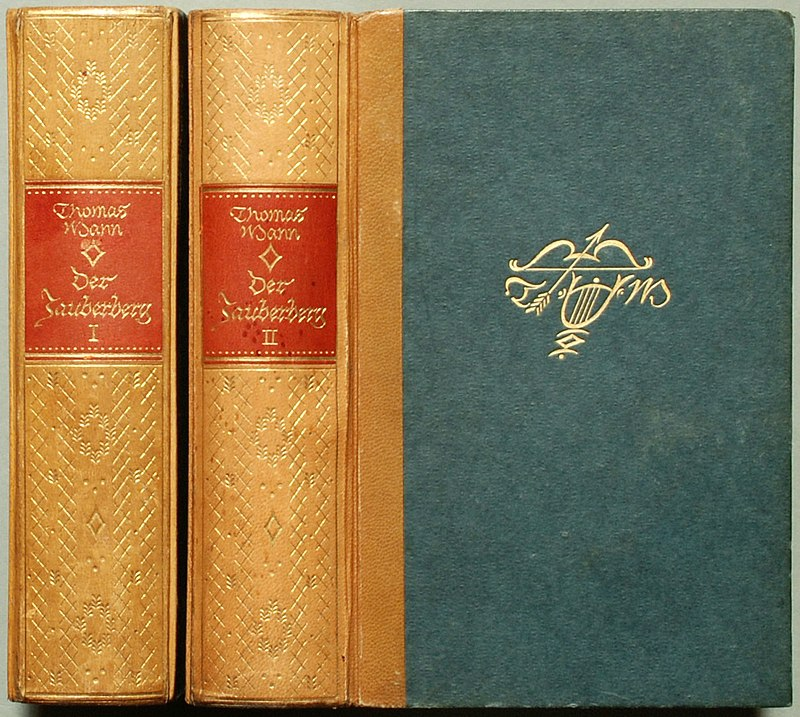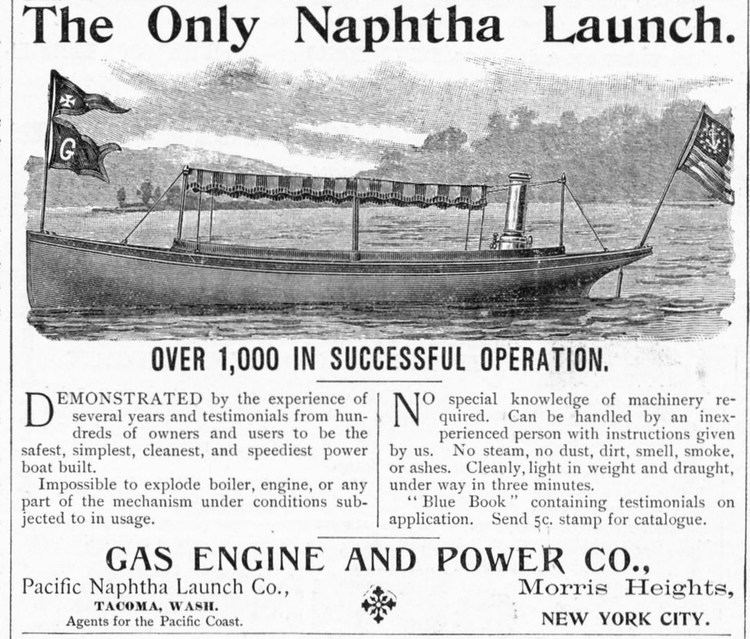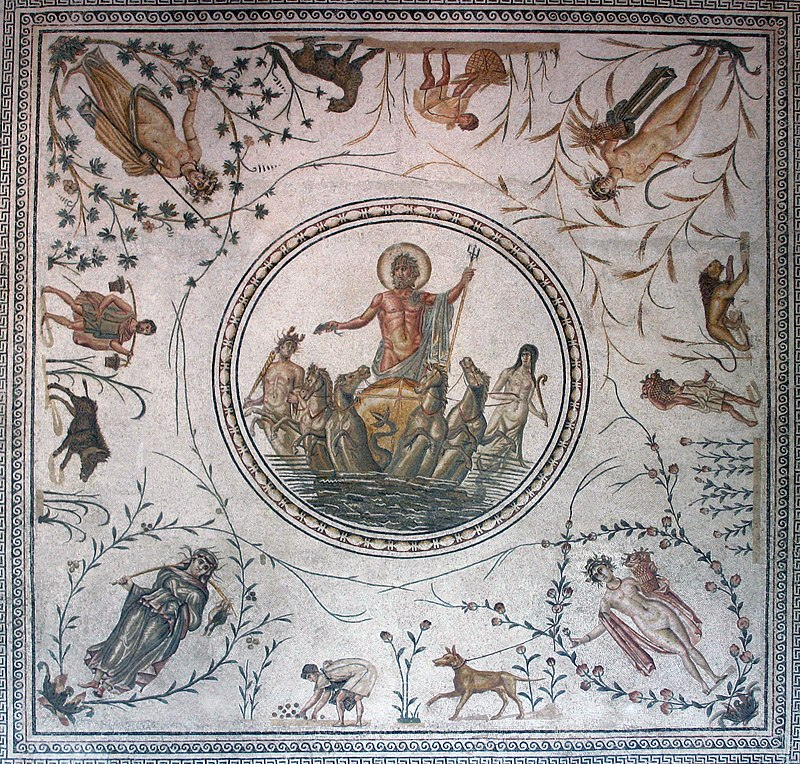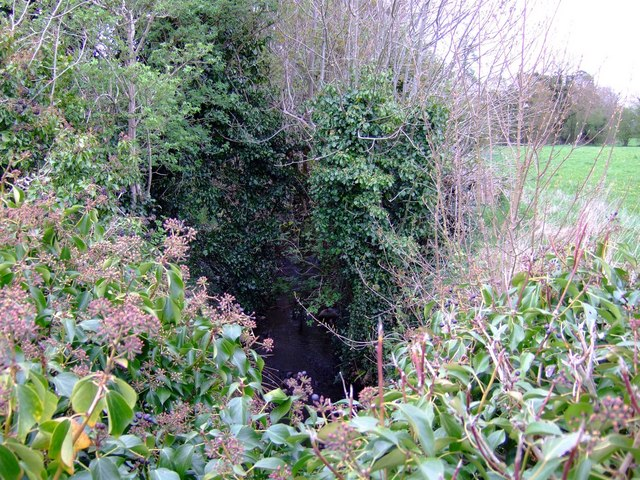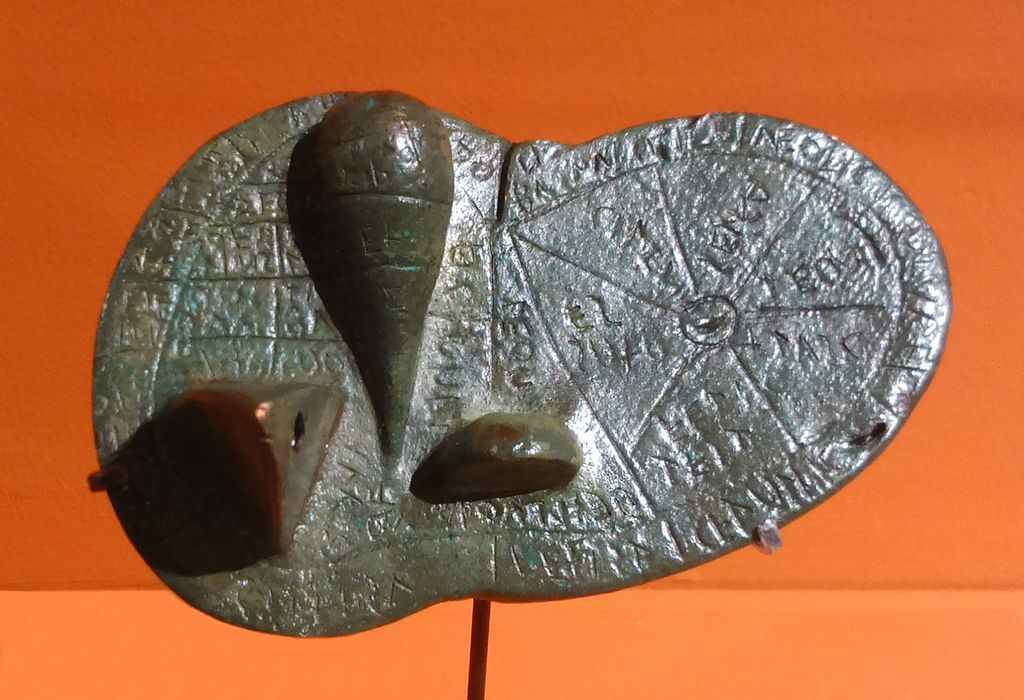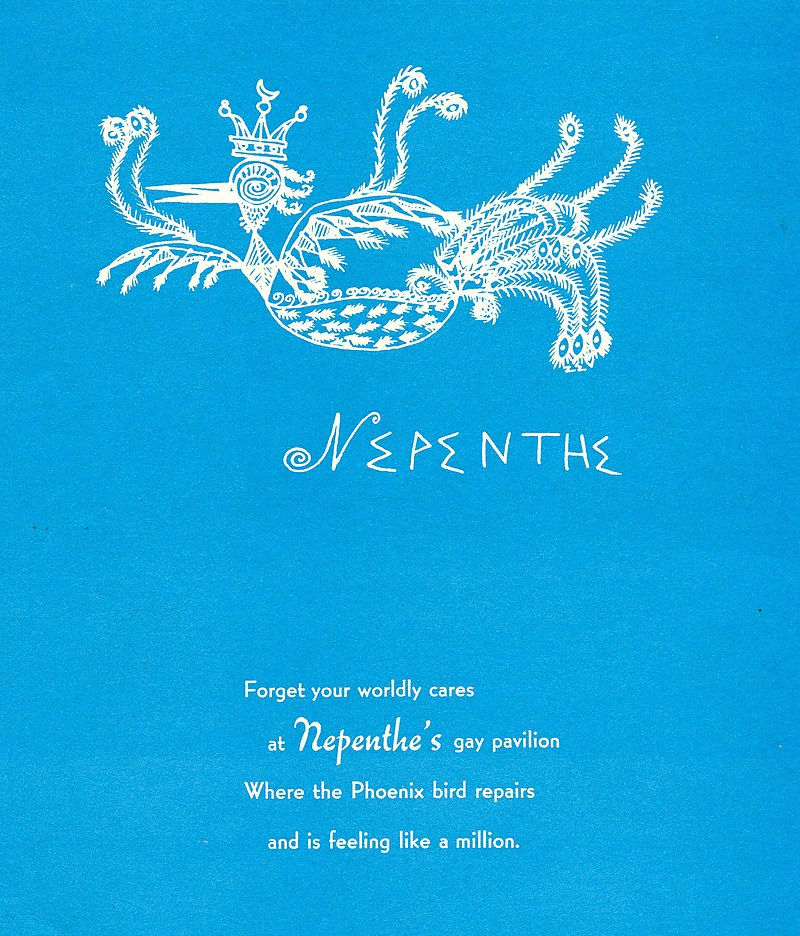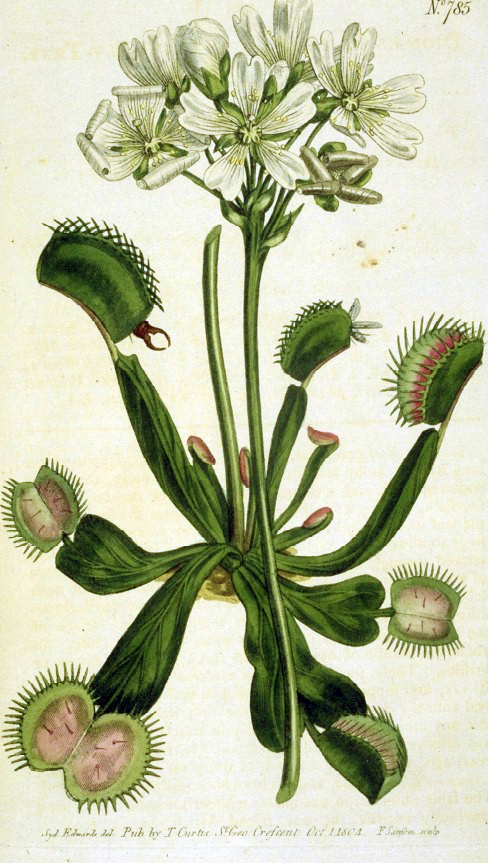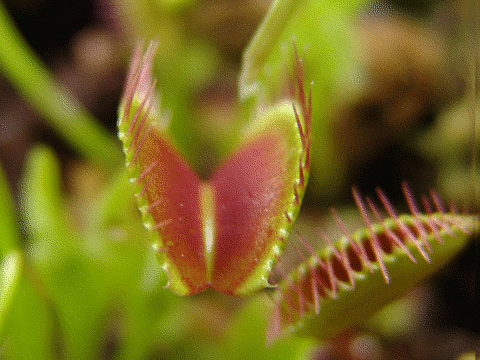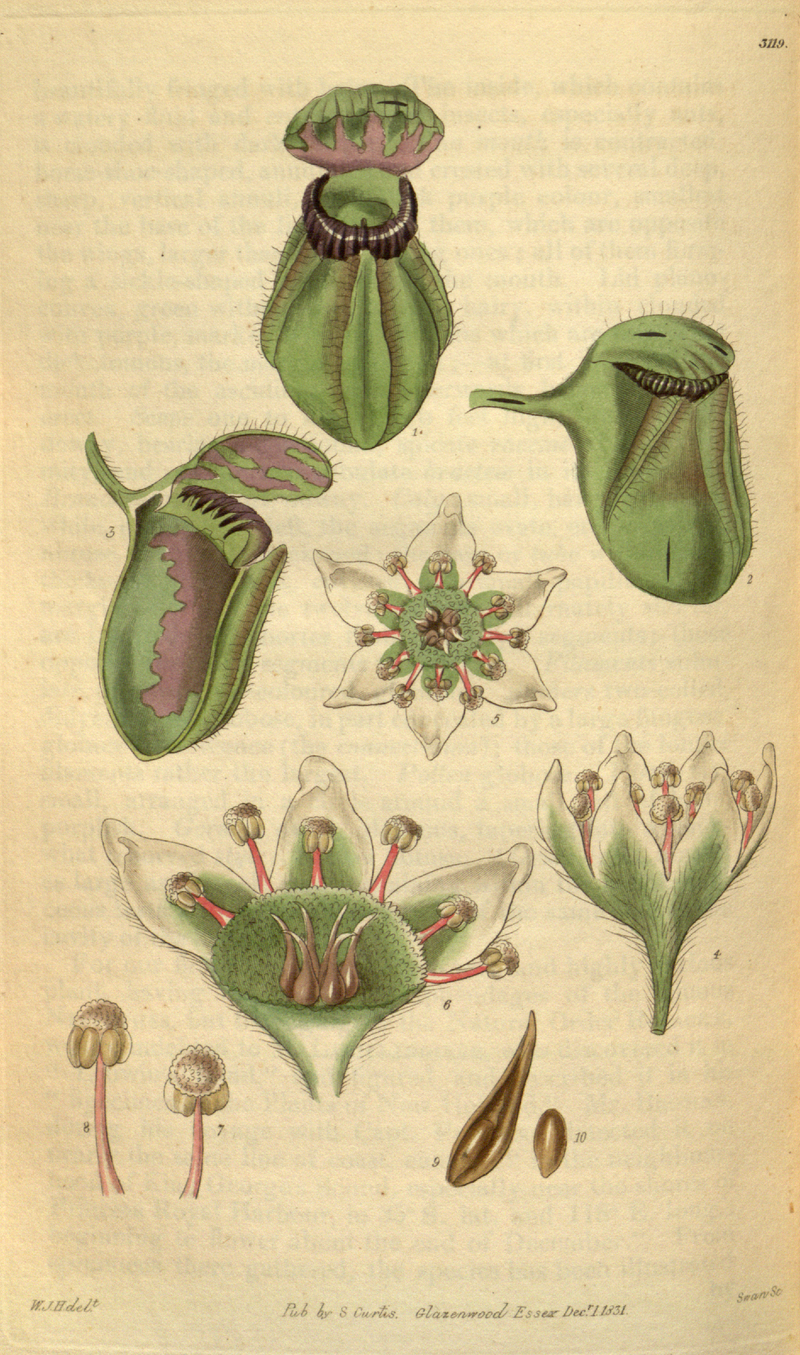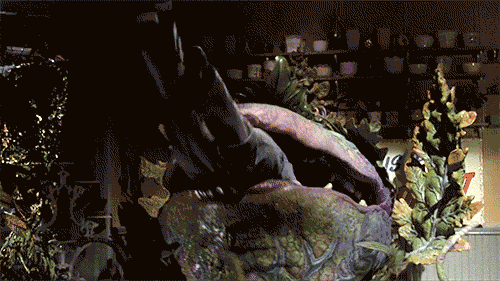Digestive enzymes
In carnivorous plants digestive enzymes and acids break down insects and in some plants small animals. In some plants the leaf collapses on the prey to increase contact, others have a small vessel of digestive liquid. Then digestion fluids are used to digest the prey to get at the needed nitra
Herr Naphta
The Magic Mountain (German: Der Zauberberg) is a novel by Thomas Mann, first published in German in November 1924. It is widely considered to be one of the most influential works of twentieth-century German literature. Mann started writing The Magic Mountain in 1912. It
Naphtha launch
A naphtha launch, sometimes called a “vapor launch”, was a small motor launch, powered by a naphtha engine. They were a particularly American design, brought into being by a local law that made it impractical to use a steam launch for private use. Naphtha launche
Neptune
Neptune (Neptūnus) is the god of freshwater and the sea in Roman religion. He is the counterpart of the Greek god Poseidon. In the Greek tradition, he is a brother of Jupiter and Pluto; the brothers preside over the realms of heaven, the earthly world (including the underworld), and th
Nechtan
Nechtan is a figure in Irish mythology who is associated with a spring marking the source of the River Boyne, known as Nechtan’s Well or the Well of Wisdom. He was the husband of Boann, eponymous goddess of the Boyne. Nechtan is believed to be another name for Nuada. Etymology Accordin
Adam Napat (and Nethuns)
Apam Napat is a deity in the Indo-Iranian pantheon associated with water. His names in the Vedas, Apām Napāt, and in Zoroastrianism, Apąm Napāt, mean “child of the waters” in Sanskrit and Avestan respectively. Napāt (“grandson”, “progeny”) is c
Nepenthes disambiguation mentions at Wikipedia
USS Nepenthe (SP-112), a luxury yacht belonging to James Deering Nepenthe was built as a civilian yacht, of a type designated “houseboat” at the time to describe the relative focus on livability in comparison with the usual powerboats, in 1917 by the Mathis
Plumbagin
Plumbagin or 5-hydroxy-2-methyl-1,4-naphthoquinone is an organic compound with the chemical formula C11H8O3. It is regarded as a toxin and it is genotoxic and mutagenic. Plumbagin is a yellow dye, formally derived from naphth
Venus flytrap
The Venus flytrap (Dionaea muscipula) is a carnivorous plant native to subtropical wetlands on the East Coast of the United States in North Carolina and South Carolina. It catches its prey—chiefly insects and arachnids
Plant arithmetic
Plant arithmetic is a form of plant cognition whereby plants appear to perform arithmetic operations – a form of number sense in plants. Arithmetic by species Venus flytrap The Venus flytrap can count to two and five in order to trap and then digest its prey. T
Cephalotus
Cephalotus (Greek: κεφαλή “head”, and οὔς/ὠτός “ear”, to describe the head of the anthers) is a genus which contains one species, Cephalotus follicularis the Albany pitcher plant, a small carnivorous pitcher plant. The pit-fall traps of the modif
Rosolio (from around the internets)
Rosolio is a type of Italian liqueur made from a base of alcohol, sugar, and water in the same proportion, which is flavored by adding an essence of any of various types. Despite a common misconception based on the name, rosolio has no direct connection with roses or&nb
Nepenthesin (and the carnivorous plants it comes from)
Nepenthesin (also spelled nepenthacin or nepenthasin) is an aspartic protease of plant origin that has so far been identified in the pitcher secretions of Nepenthes and in the leaves of Drosera peltata. Discovery In the late 19th century, Sydney Howard Vines showed that the pitcher flui


